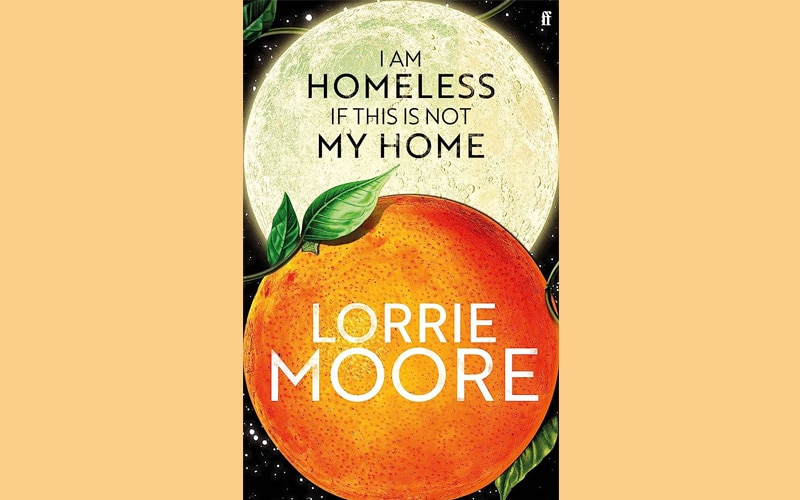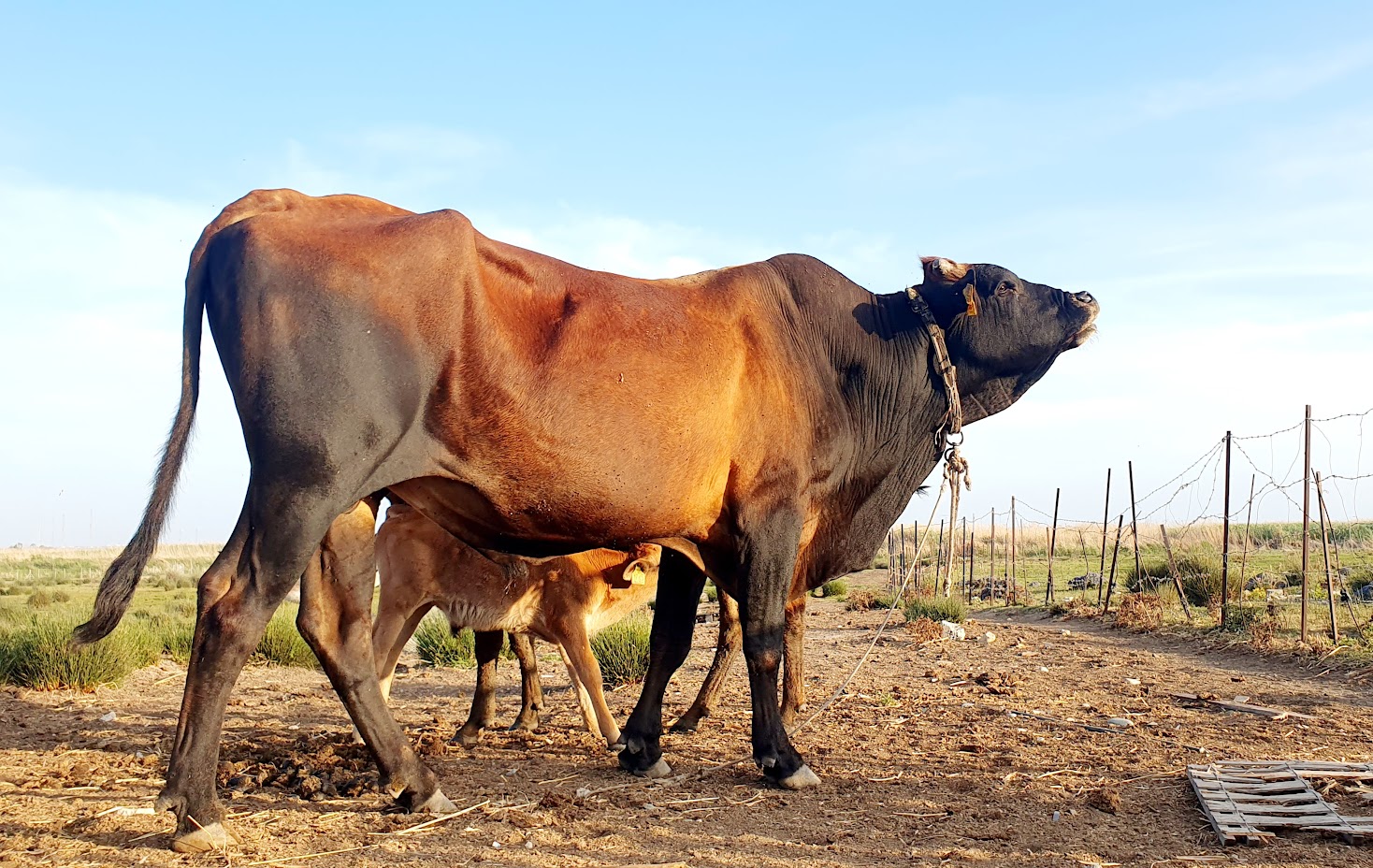At one point in Lorrie Moore’s fourth novel, her central character, Finn, feels ‘that every couple was absurd and brought out the absurdity in each other’. You might, reflecting upon your own relationship, feel that this is either profoundly true, or a wild over-generalisation. Either way, you’d agree with Finn if the couple you were currently half of was made up of you and your dead ex with whom you’re currently on a road trip from Illinois to Tennessee.
Finn is a History teacher on the brink of partially merited disgrace and involved in a self-appointed ‘ongoing rehabilitation of the term conspiracy theory’. Lily is a corpse, who in life managed to balance being irrevocably suicidal with a career as a therapy clown who ‘even wore floppy shoes, the laces of which she had once used to strangle herself’. While Finn is at his terminally ill brother’s bedside (there’s a lot of death in Finn’s life), he receives word that Lily – who left him a year ago for a man named Jack – has died. It’s alright, though, because Lily turns out to only be ‘death-adjacent’ and pops out in all her shrouded, muddy, decaying glory at the very moment that Finn is trying to locate her unmarked grave (actually, it had a grapefruit left on it, which they then eat on their trip).
Interweaved with the story of Finn and Lily making their necrophilic, bantering way to a body farm in Tennessee where they intend to donate Lily’s body to forensic science, are letters from a civil-war era innkeeper to her dead sister. Libby, the innkeeper, rhymes with Lily, and she is also subject to the amorous advances of a handsome lodger called Jack. But Libby equally chimes with Finn, with her dead sibling and letters that reveal a conspiracy theory of her own, one which ends in a brilliantly gruesome way.
You can tell from these descriptions that I Am Homeless If This Is Not My Home is both witty and inventive. There’s a lot to like about its conceits, and plenty to love about its writing. Lorrie Moore’s sentences, especially in Libby’s letters (‘I can hardly tell you what I do with the squirrels (well, all right: I drown them with a contraption like a see-saw…’) and her descriptions of Lily’s degradation (‘There was a spot of bruisey yellow under her chin as if she were holding up a buttercup to see if she liked butter. But without the buttercup.’) are spectacular.
But this is a book of great lines that fails to be a great book. It feels, ultimately, like a short story that kept going too long because it couldn’t think of a reason or place to stop.







Click here to change your cookie preferences